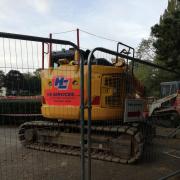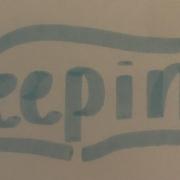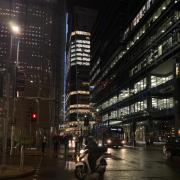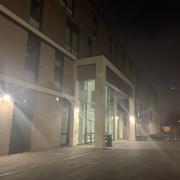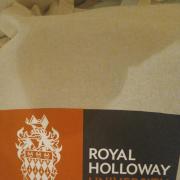
Jacob Zuma’s corruptive choices and decision making during his presidency over South Africa (that ended in February of last year) still causes ripples in the South African economy. The Financial Times even quoted current President Cyril Ramaphosa – in early October – that “graft under Jacob Zuma cost South Africa $34 billion.” This article will dive deep into Zuma’s political career and prove how such a high cost could be put on a country by a single man.
Jacob Zuma is a politician that served as South African president from 9th May 2009 to 14th February 2018 who many claim to be the most controversial South African president since the end of white-minority rule in the early 1990s. His controversy stemmed mainly from the extensive list of corruptive use of presidential power that, in turn, was the causes of how corruption and bribery under his presidency cost South Africa over $33.615 billion USD (stated the current South African president, Cyril Ramaphosa).
During his first year of presidency, Zuma’s Nklanda homestead was renovated supposedly for security upgrades. However, rumours and accusations emerged of non-security related advancements to Zuma’s house being paid with taxpayer funds. This led to an investigation from Public Protector Thuli Madonsela whose “Secure in Comfort” report found that these upgrades included a swimming pool, amphitheatre, cattle kraal and chicken run which were obviously not security-related. However, The City Press revealed Zuma would only pay 5% of the $13.654 million USD cost of the Nklanda Project. If taxpayer money was used for the extra renovations (which they most likely were), then this could have created an opportunity cost as the funds could have been spent towards servicing national debt (as in 2009, South Africa has a national debt of $89,530 million USD which would continue to increase after his presidency was over), on health programmes (such as HIV/AIDS treatment as around 5.6 million citizens were infected in 2009) or on education programmes (as in 2009, around 60.6% of students passed their matriculation exams).
Jacob Zuma’s destruction of the economy continued when he fired Finance Minister Nhlanhla Nene in December of 2015 for no apparent reason and replaced him with David Van Rooyen, who at the time was immensely unknown in the world of finance. This out-of-the-blue decision by Zuma given Nene had only been in his position for 18 months, had some major side effects on the economy. For example, investor and business confidence began to decrease as Nene was well respected as a finance minister and people were afraid of losing their money if they invested with Van Rooyen at the helm of South Africa’s Finance Ministry. This led to a lower economic growth overall and the Standard & Poor’s Financial Services lowered South Africa’s credit rating to just above junk status. What’s more, is that after Nene’s removal, the rand decreased lowest value in four years when compared to the dollar. A weaker currency would have meant rising profits for exporters, but also resulted in cost-push inflation. Altogether, the monetary affect of his dismissal was that the servicing of South Africa’s debt to have costed an additional $101,000 USD or $135,000 USD estimated Dr. Azar Jammine.
Two years after Jacob Zuma removed Nhlanhla Nene from his position as finance minister of South Africa in 2015, he announced the 2017 South African Cabinet Reshuffle which led to the sudden dismissal of finance minister at the time, Pravin Gordham. The reshuffle was catastrophic for the economy as for one, it lowered South Africa’s credit rating from Standard & Poor’s Financial Services to junk level and the country’s GDP was estimated to lose around $7 million USD over the next two years following the removal due to the drop in economic growth.
Finally, during what would be widely considered to have been probably the most controversial moment of corruptive play in Jacob Zuma’s presidential career was his many shady dealings with the excessively wealthy Gupta family. The Gupta Family (whose members are Ajay, Atul, Rajesh and Varun Gupta) is an exceedingly affluent Indian family whose business ventures are mainly located in South Africa. While the Gupta family and South Africa’s government have had many controversies (including the Sun City wedding of Vega Gupta and Aakash Jahajgarhia and the “white monopoly capital” hashtag). However, the Vrede Dairy Project was most definitely the one that was most likely to affect the economy. In 2013, many newspapers and social media outlets alleged that $2.018 million USD of public money that was supposed to be spent for a farming and agricultural project found in Vrede, Free State, South Africa was laundered through Dubai and used to pay for the hefty price of the Sun City wedding. Although technically unproven, if this was true, then there would be a high possibility of the public money that should have been used by the government to provide goods and services for the general public were actually not used to increase economic growth whatsoever. This relates to Jacob Zuma due to his extremely close connection with the Gupta Family and as shown by the extra upgrades for his Nklanda homestead, he was clearly willing to misuse government funds for corrupt purposes.










